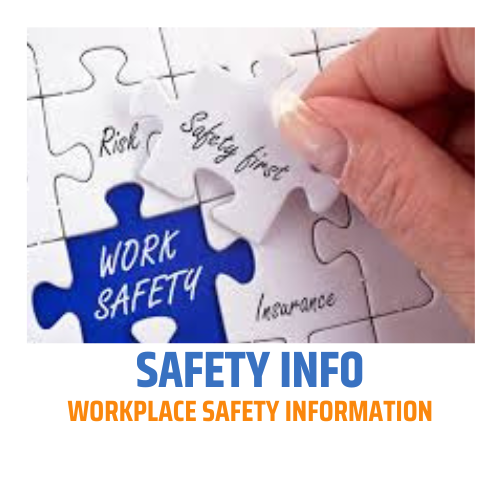What are the 5 Phases of Emergency Management?
The five phases of
emergency management, often referred to as the "emergency management
cycle," are as follows:
- Prevention/Mitigation: This phase focuses on activities aimed at reducing or eliminating the risks and vulnerabilities associated with potential emergencies or disasters. It involves measures such as risk assessments, implementing building codes, creating public awareness campaigns, conducting hazard mitigation projects, and implementing infrastructure improvements to make communities more resilient.
- Preparedness: The preparedness phase involves developing plans, procedures, and capabilities to effectively respond to and recover from emergencies. It includes activities such as creating emergency response plans, conducting drills and exercises, establishing communication systems, training emergency personnel, stockpiling necessary supplies and resources, and coordinating with relevant stakeholders.
- Response: The response phase occurs when an actual emergency or disaster takes place. It involves the immediate actions taken to address the situation and protect lives, property, and the environment. Response activities include emergency notifications, activating emergency operations centers, conducting search and rescue operations, providing medical assistance, evacuations, setting up emergency shelters, and coordinating response efforts among various agencies and organizations.
- Recovery: The recovery phase begins after the immediate response actions have been completed. It focuses on restoring the affected community to its pre-disaster state or to a new state of normalcy. Recovery activities include damage assessment, debris removal, infrastructure repairs, providing financial assistance to affected individuals and businesses, restoring essential services, supporting long-term community recovery efforts, and implementing measures to reduce future risks.
- Mitigation: While mitigation is also considered a separate phase, it is an ongoing process that is integrated into all other phases of emergency management. Mitigation involves identifying and implementing measures to reduce or eliminate the risks and impacts of future emergencies and disasters. It includes activities such as conducting post-disaster reviews, updating plans and procedures, implementing lessons learned, and continuing with hazard mitigation projects to improve community resilience.
These five phases of emergency management form a continuous
cycle, with each phase informing and influencing the others. Effective
emergency management involves a comprehensive approach that encompasses all
phases of the cycle.







0 Comments